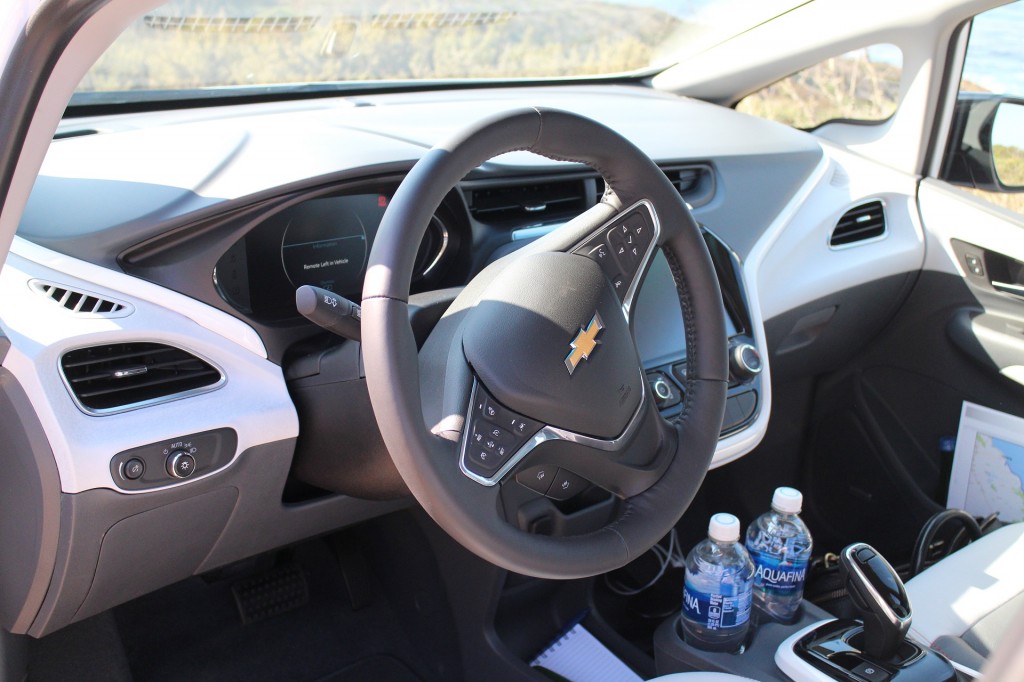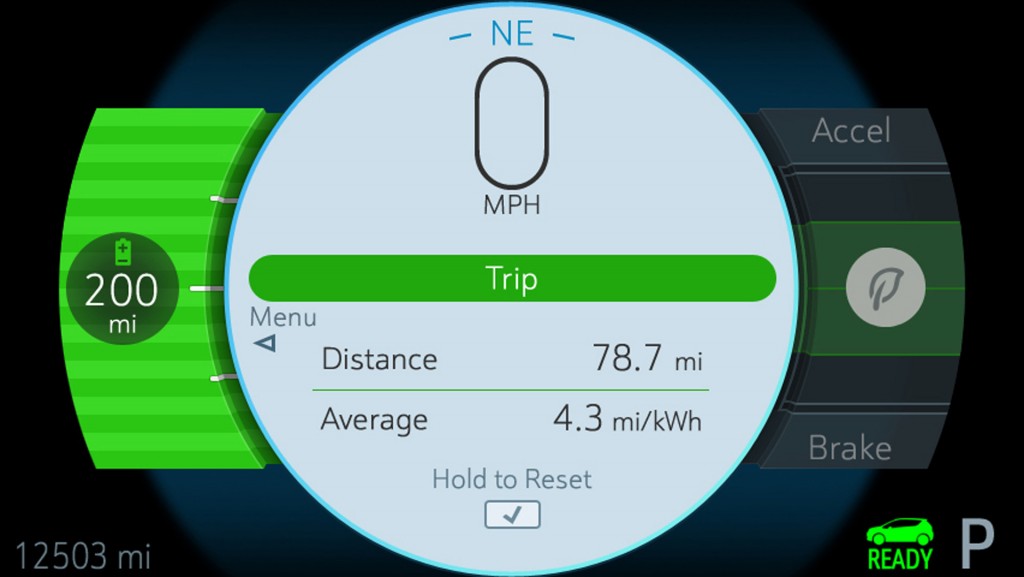General Motors has informed "a few hundred" owners of 2017 Chevrolet Bolt EV electric cars that their cars could suffer from a problem with the lithium-ion battery pack that could cause it to fail without warning.
The cars were among the very earliest Bolt EVs produced for public sale, so are likely concentrated in California and perhaps Oregon, where the car first went on sale last December.
The specific problem is a malfunction in one or more of the 288 battery cells that delivers incorrect data to the battery management system.
DON'T MISS: First 2017 Chevy Bolt EV electric cars sold today, in California (Dec 2016)
That in turn could lead to an incorrect reading of remaining battery range available.
Fewer than 1 percent of Bolt EVs produced are subject to the problem, according to GM, which will replace the entire battery pack for affected vehicles.
The problem was revealed in detail on Plug-In Cars by Brad Berman (founder of HybridCars.com many years ago), who experienced it in June in his leased 2017 Bolt EV.

2017 Chevrolet Bolt EV, road test, California coastline, Sep 2016
Less than a mile from his home, Berman's Bolt had indicated 100 miles of remaining range—only to come to a shuddering halt with only 9 miles remaining seconds later.
The car did not enter the usual "turtle mode" that reduces power when battery capacity is very low, and it wouldn't shift into drive or reverse, although it did power up.
READ THIS: Chevy Bolt EV: looking at electric car's long-term challenges
Berman was able to roll the car in Neutral off the blind curve it had stalled on, and park it by the side of the road.
His tow-truck driver said he had picked up three Bolt EVs in recent days, and Berman also indicated that his experience with GM's OnStar service and his local dealer were less than friction-free.

2017 Chevrolet Bolt EV
The car now has a brand-new battery pack and has performed exactly as expected since then.
But Berman noted that his car was leased six months after the Bolt EV first went on sale, so he was surprised to learn it was considered "early production"—though he didn't comment on the Vehicle Identification Number, which might give some idea of manufacturing date.
It's also possible that the cells inside the battery pack were manufactured considerably out of sync with the Bolt EV that they power, so clearly there are more details to come on this story.
CHECK OUT: Chevy Bolt EV reviewed by BMW i3 driver: electric cars compared
Regardless, we recommend reading Berman's account in full, to get a sense of what the problem felt like to one very startled electric-car driver.
UPDATE: After this article was published, we received the following comment from General Motors:
We are aware of a small number of early Bolt EV customers who have experienced loss of propulsion. Due to a battery low voltage condition, the car may incorrectly report remaining range at low states of charge and lose propulsion before the customer expects.
Of the more than 10,000 Bolt EVs sold to date, less than 1 percent have experienced this issue so far. Early production vehicles are more likely to have this issue, as we are always finding ways to improve quality throughout our supply chain.
Through OnStar advanced diagnostics, we have identified the vehicles that could develop this condition over time and are contacting the affected customers to arrange for service.
_______________________________________













